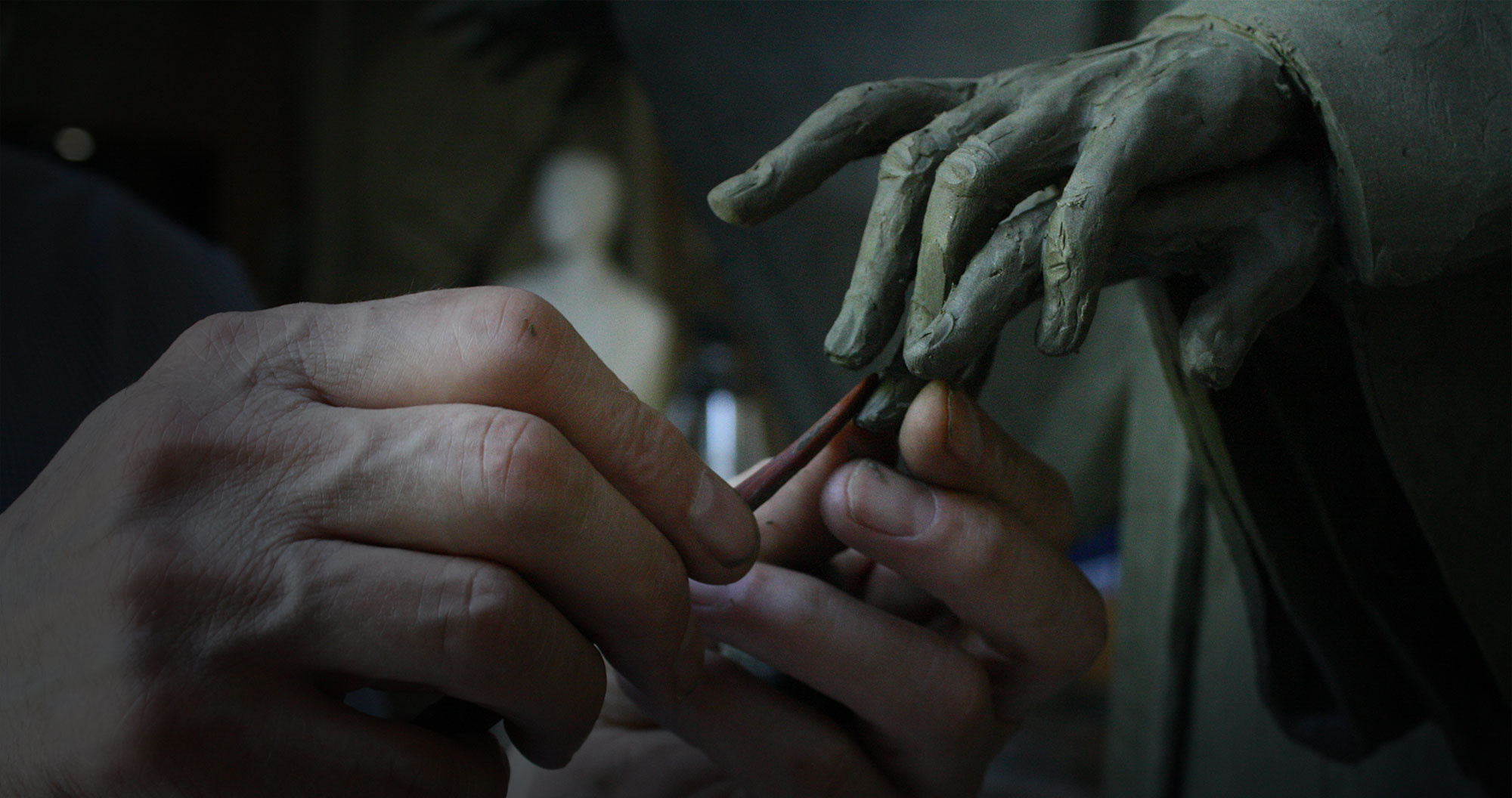( .. ) The sensuality of the baroque cross the harshness of the gothic, and these intersect with the spirits secessionists, with ammorbate symbolist atmosphere. Those Villages are “short stories” contracts in the bottle disoriented in the contemporary sensibilities, in the slip of the planes historic collective on those psychological and the individual. The first have gone to ruin in the suburbs of reason, the seconds have been contaminated by the times accelerated, and no memory of the industrial production. What, then, tell whether or not that same contraction in which you build the implosion of diverse elements, diachronic, uprooted from the fabric of the logic of events, real mirages of the look?
The only “door” of knowledge is wide open still on the universal light of the kingdom, which should lead? Just such a question is at the origin of the work of Villages, towns, probably marks the reason most intimate and profound. If yes is your answer, the same cannot be said for the order of the narrative of the things, for the certainty of the ancient of the image. The “story” of the Villages is, in fact, this same question, which is addressed as a “place” to a specific make sculpture. It re-emerges, therefore, the principle of the “threshold” and with this materializes the evocative power, and enigmat,the ica of the “gate”, which today is the subject of a recent work, but always represents the anathema anagrammato of his poetry.
Giorgio Cortenova, taken from “Paolo Borghi’: 2002 ed. Mazzotta
( .. ) The villages is heir to much of the movement symbolist, and early modernist and the masters of the classical era. Villages work at the end of a long period of the development of modernism and of the postmoderismo. Consider his designs some measure of old-fashioned or nostalgic is completely out of place, although it is certainly true that his works employ the concepts which make reference to both the classicism both systems allegorical classic. But his evident interest in the classical forms, testifies to its clear debt to the distant past of the greeks, the people who invented what we now call “classic”. ( .. ) The child of his times, the Villages has been able to accommodate a wide variety of influences and their contribution has forged a language that is entirely his. As the drawing means much more free of the sculpture, are perhaps these works, instead of those plastic to reveal more fully the sensitivity of the Villages, taking advantage of the ability to transmit as the sculpture is not easy to express.
Edward Lucie – Smith, from “Paolo Borghi’: 2002 ed. Mazzotta
( .. ) Around the mid - ’80s, moving from the premises of a classicism, romantic, mindful of Boklin and Savinio, Villages comes to its more personal, and at the same time by the classical ideal: a soft grace in the treatment of surfaces that binds to a continuous re-emergence of a plastic theme – the fusion of two or three living bodies which possess at least one limb in common – the real result alchemy of a merger in which shine consummate technical skill and obstinate rigour. These approaches of bodies well composed shy away from the finiteness and self-sufficiency. Where the member will remain unfinished, the marble germinates landscapes. Trees and houses in opposition to the life unit of the bodies of the “live” additive of the landscape, understood as the revenge of the chaos, or at least of an order less rigorous than the needs of the organic, which governs the figure.
Paolo Portoghesi, from "Paolo Borghi, Sculptures 1984-1997': 1997, Palazzo Flag, Busto Arsizio
